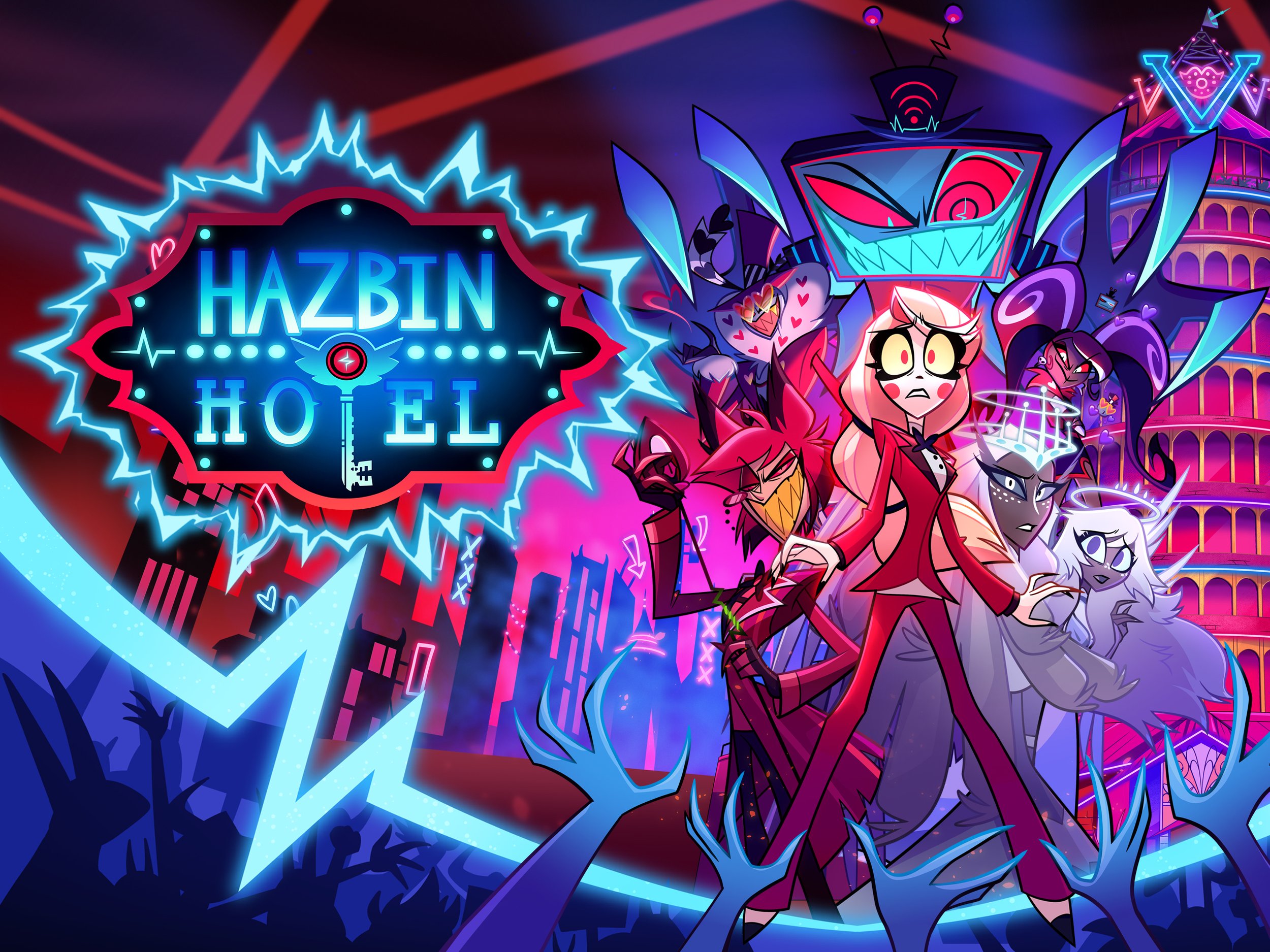Engagement by Design: The Psychological Tricks Behind Online Content Manipulation
Digital content creators live and die by engagement metrics. Likes, comments, and shares are not just signals of popularity but the very currency of algorithmic visibility. In this environment, many creators resort to subtle psychological manipulations that compel audiences to respond. These are not accidents but deliberate strategies designed to exploit predictable cognitive biases and social instincts. This article explores eight of the most common tricks, explaining in detail the psychological mechanisms that make them effective.
Note: While many creators do intentionally exclude or misorder items to provoke reactions, others may do so without realizing the psychological effect it creates. What matters in terms of engagement is less the creator’s intent and more the audience’s predictable response. The algorithm treats both the deliberate provocation and the accidental omission as equally valuable because both generate the same surge of comments and debate.
Deliberate Misordering or Omission in Lists
Lists are one of the most popular content formats online because they promise structure, clarity, and closure. Whether it is “Top 10 Films of the Decade” or “The Five Best Video Games of All Time,” audiences approach lists with the expectation that they are authoritative and complete. Some creators deliberately violate this expectation by leaving out an obvious entry or ranking items in an implausible order.
At first glance, this strategy might seem like a straightforward application of the Zeigarnik effect. The list feels incomplete, which leaves the viewer in a state of unresolved tension, prompting them to mentally “finish” the list or fill in what was left out. There is indeed a Zeigarnik-like component at play, but it is not the whole story.
The more dominant psychological mechanisms here are cognitive dissonance and expectation violation. When a list contradicts a viewer’s assumptions—such as ranking an obscure film above a universally acclaimed one; it produces a clash between expectation and observation. That clash generates discomfort, which motivates viewers to comment in order to resolve the inconsistency.
This tactic also activates social identity dynamics. Preferences for music, sports teams, films, and other cultural products are often closely tied to personal identity. When a fan’s favourite is omitted, it feels less like an oversight and more like an attack on their in-group. According to social identity theory, people are motivated to defend and elevate the groups they belong to, which in this case translates into defending a particular fandom or cultural taste in the comments.
In other words, while incompleteness does play a role, the “itch” that drives people to respond to flawed lists is not primarily the Zeigarnik effect. It is the combination of violated expectations, the discomfort of cognitive dissonance, and the motivational pull of identity defense. These factors make this tactic especially effective at producing not only corrections but heated debates, as audiences fight to re-establish order and recognition for their preferences.
2. Mispronouncing a Common Word or Name
A repeated mispronunciation, whether of a celebrity’s name or a commonly known word, is another classic engagement trap.
This tactic exploits the status correction impulse, the human tendency to assert knowledge when faced with error. Correcting someone else offers a low-cost way to display competence and cultural literacy. Social psychology research shows that individuals are motivated to preserve and enhance their self-image, and public correction provides an easy channel for doing so.
What makes this particularly effective is bandwagon reinforcement. Once one person comments “Actually, it’s pronounced…,” others are far more likely to echo or debate the correction, leading to cascading comment threads. The original mistake requires no additional effort from the creator; the audience generates the conversation on their behalf.
3. Getting Easy Facts Wrong
Errors in widely known information, such as the release year of a major product or the birthplace of a famous figure, are another deliberate engagement tactic.
This leverages error detection sensitivity, a deep cognitive bias that makes humans attuned to mistakes in their environment. From an evolutionary standpoint, error detection helped us avoid dangers and correct misunderstandings in groups. Online, it translates into an irresistible urge to point out inaccuracies.
The act of correcting provides what psychologists call competence signaling. By posting the right information, a viewer demonstrates superior knowledge to both the creator and the community. This correction is low-effort but carries high social reward, making it an ideal mechanism for engagement farming.
4. Wrong Spelling On-Screen
Misspelled words in captions or titles create another opportunity for pedantic correction.
Here, the mechanism is pedantry-driven micro-validation. Spelling and grammar are culturally linked to intelligence and education. Spotting and correcting mistakes in these domains provides a small but satisfying ego boost. For many people, pointing out “definately” instead of “definitely” is not just about accuracy but about affirming their own superiority and attentiveness.
The simplicity of this tactic makes it remarkably effective. Unlike complex factual corrections, spelling mistakes are instantly visible and require no expertise to fix. This broadens the pool of potential commenters, drawing in even those who would not normally engage.
5. Presenting False Dichotomies
Creators often frame debates as binary, such as Coke versus Pepsi, while ignoring other possible answers.
The psychology here is twofold. First, it taps into frustrated inclusivity. When people’s preferred option is excluded, they experience a sense of omission that motivates them to reassert their identity by commenting. Second, it activates tribalism. By presenting two opposing sides, the creator primes audiences to align themselves with one “team.” Social identity theory suggests that individuals derive self-esteem from group membership, and this leads to defensive behavior when their group is challenged.
The outcome is a fertile environment for argument. Comment threads fill with defenses, counterattacks, and offshoot debates. The false dichotomy is never about the actual options; it is about harnessing group-based identity dynamics to generate friction.
6. Overly Absolute Statements
Phrases like “This is the only right way to cook steak” are designed to provoke.
This tactic relies on psychological reactance, the discomfort people feel when their freedom of choice or opinion is threatened. Absolute claims invalidate alternative perspectives, which prompts audiences to defend their autonomy by disagreeing.
The engagement payoff is magnified by status challenges. Viewers often see themselves as equals or even superiors to the creator. An absolute statement is perceived as arrogance, creating an irresistible temptation to knock the creator down by supplying a counterexample or alternative method. The resulting debate is rarely about steak or the original topic; it is about restoring balance in perceived social hierarchy.
7. Leaving a Statement Hanging
Sometimes creators begin an explanation and then abruptly move on, such as “This method only works in one specific situation…” without elaborating.
This plays directly into the Zeigarnik effect, the tendency to remember and fixate on unfinished or incomplete information. An unresolved thought generates mental tension, which people are motivated to resolve. In comment sections, this manifests as questions, speculation, or attempts to provide the missing detail.
For those with expertise, it also becomes an opportunity for knowledge signaling. Filling in the gap lets them showcase authority, while others simply scratch the itch of incompleteness by asking for clarification. Either way, the creator successfully transfers the burden of finishing the content to the audience, which increases engagement without requiring additional effort.
8. Fake Ignorance or Naïveté
Creators sometimes pretend not to know something basic, such as acting surprised that tomatoes are technically fruit.
This exploits the teaching instinct. Humans are social learners, and much of our evolutionary success comes from the ability to share knowledge within groups. Correcting ignorance, even fake ignorance, activates this deeply ingrained drive.
There is also a powerful ego component. Correcting someone provides a sense of superiority, but doing so in a public forum also allows for altruistic signaling. Commenters present themselves not only as knowledgeable but as generous with their knowledge. The creator sets the stage, and the audience rewards themselves by playing teacher.
Simply Put
Each of these tactics manipulates a different cognitive or social bias, but they all serve the same function: to compel audiences into commenting, correcting, and debating. Engagement is not a byproduct of error or ignorance but the result of carefully engineered psychological hooks.
Understanding these mechanisms is important not only for analyzing digital culture but also for strengthening media literacy. By recognizing when engagement is being manufactured, audiences can make more conscious choices about when to participate and when to resist. For psychologists, this represents a fascinating case study in how timeless cognitive biases are being weaponized in new digital environments.






